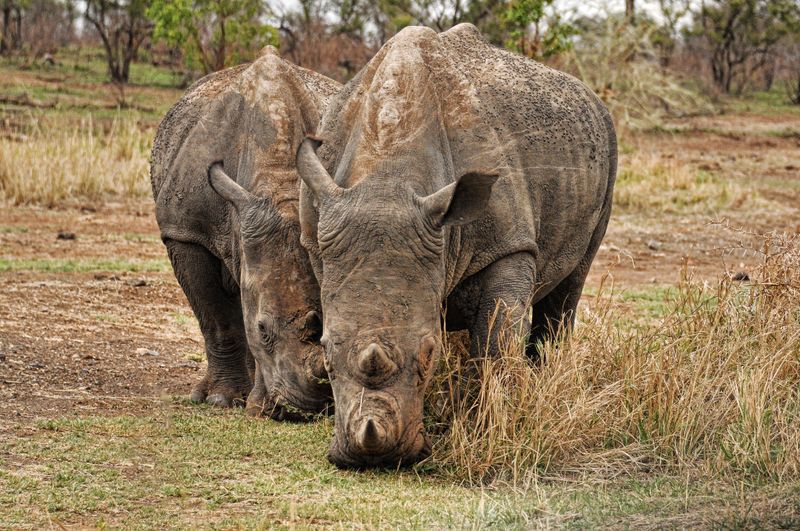It’s amazing that conservation organizations are using artificial intelligence to protect our planet and its wildlife. WWF is a perfect example of how AI and machine learning are being used for much more than just business or financial gains; they can have a significant impact on our planet’s health and well-being.
One of the most innovative and diverse ways WWF is using AI is through land-cover monitoring. Satellites surrounding the Earth monitor the environment, but the signals are often very noisy. Machine learning has long been used to identify the types of environment being monitored, such as forests or grasslands, and this application of AI has been critical in monitoring large areas threatened by deforestation.
But WWF‘s use of machine learning and AI extends far beyond that. The organization works with motion-sensitive cameras, analyzing images to identify species and optimize the efforts of wildlife patrols to catch poachers. WWF has also partnered with tech companies sharing advanced AI technologies to reduce the illegal wildlife trade online. These various applications of AI have been essential for faster analysis, targeting interventions, and providing predictive tools.
The broader implementation of AI technologies in conservation organizations has been enabled by the explosive growth of data and computational power and the breakthroughs in machine learning. In recent years, the speed at which analyses is being completed has increased significantly, and data collection processes have improved. The ever-increasing resolution of satellite imagery and complexity of machine learning models are enabling organizations to analyze millions of images globally and replace human effort in data analysis and optimization.
However, even with such effective tools, conservation efforts may continue to face some challenges. Human fears and misconceptions about the role of new technology may raise ethical concerns and limit the public’s acceptance of AI in the conservation sector. Moreover, there are concerns that AI cannot replace the human intuition and experience required for decision-making in the field of conservation, such as data interpretation, monitoring, and evaluation of activities.
Despite these concerns, the use of AI in conservation shows tremendous potential to transform the management of natural resources and address our planet’s pressing issues, including deforestation and extinction. The technology has also shown the value of partnerships between conservation organizations and tech companies for leveraging advanced technologies to tackle environmental challenges.

<< photo by Frans van Heerden >>